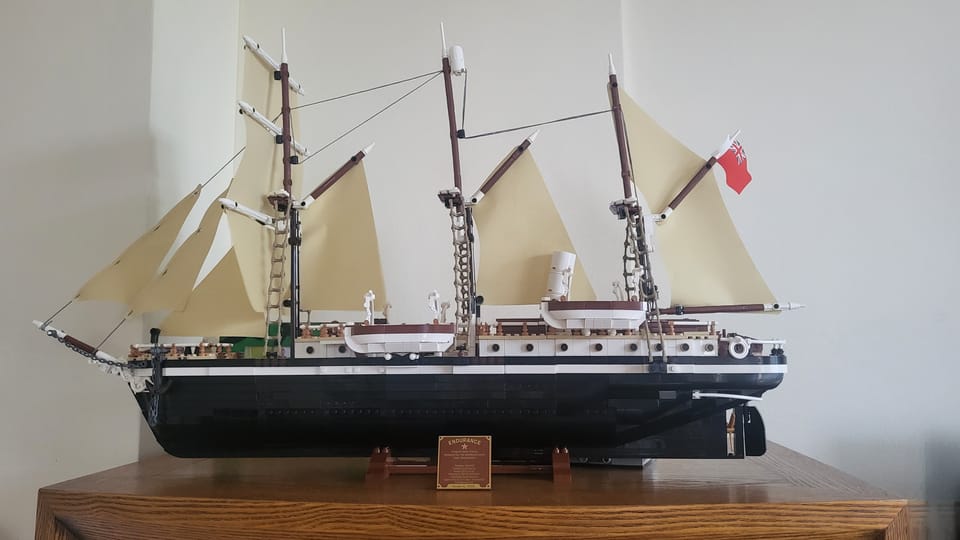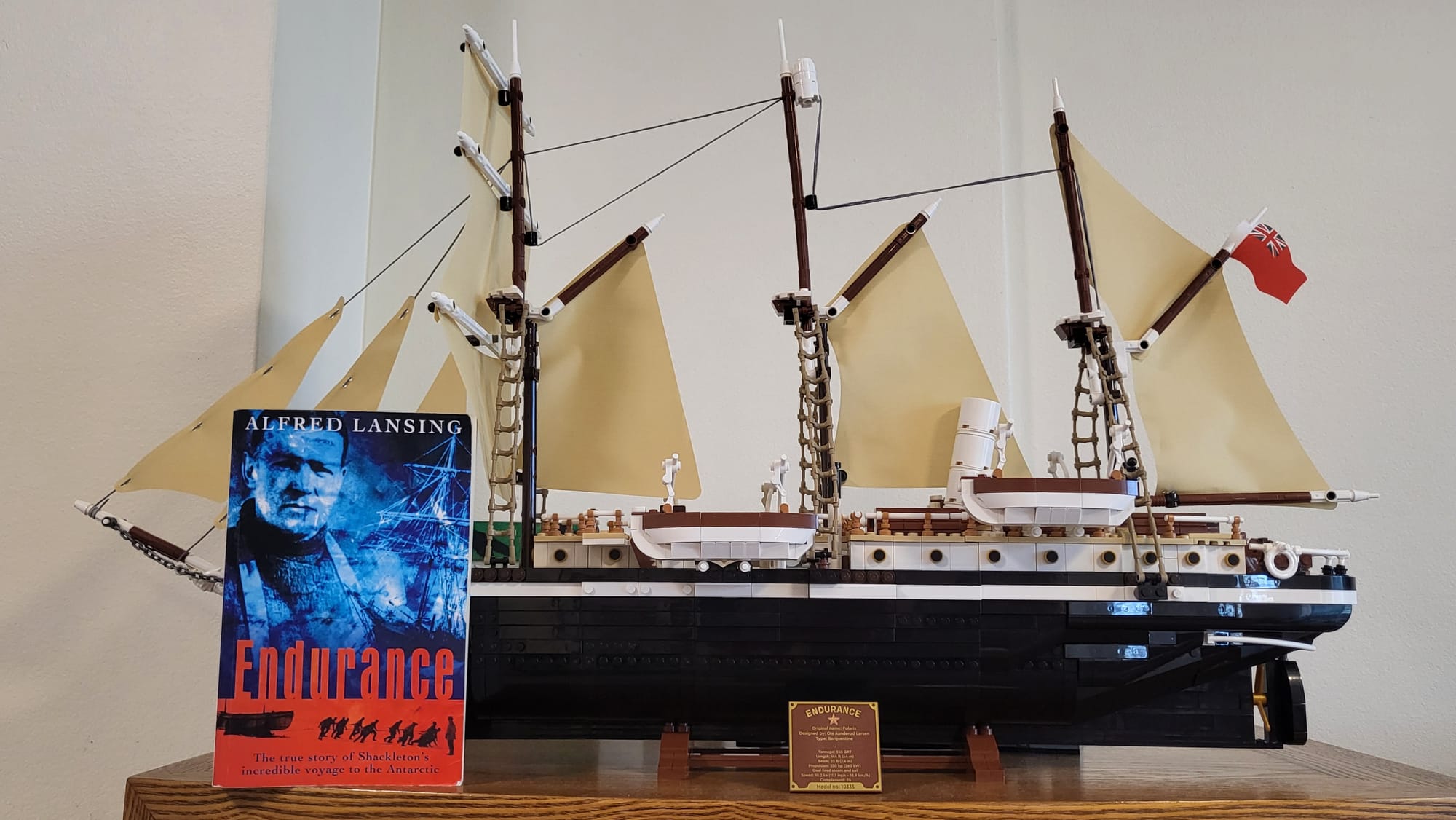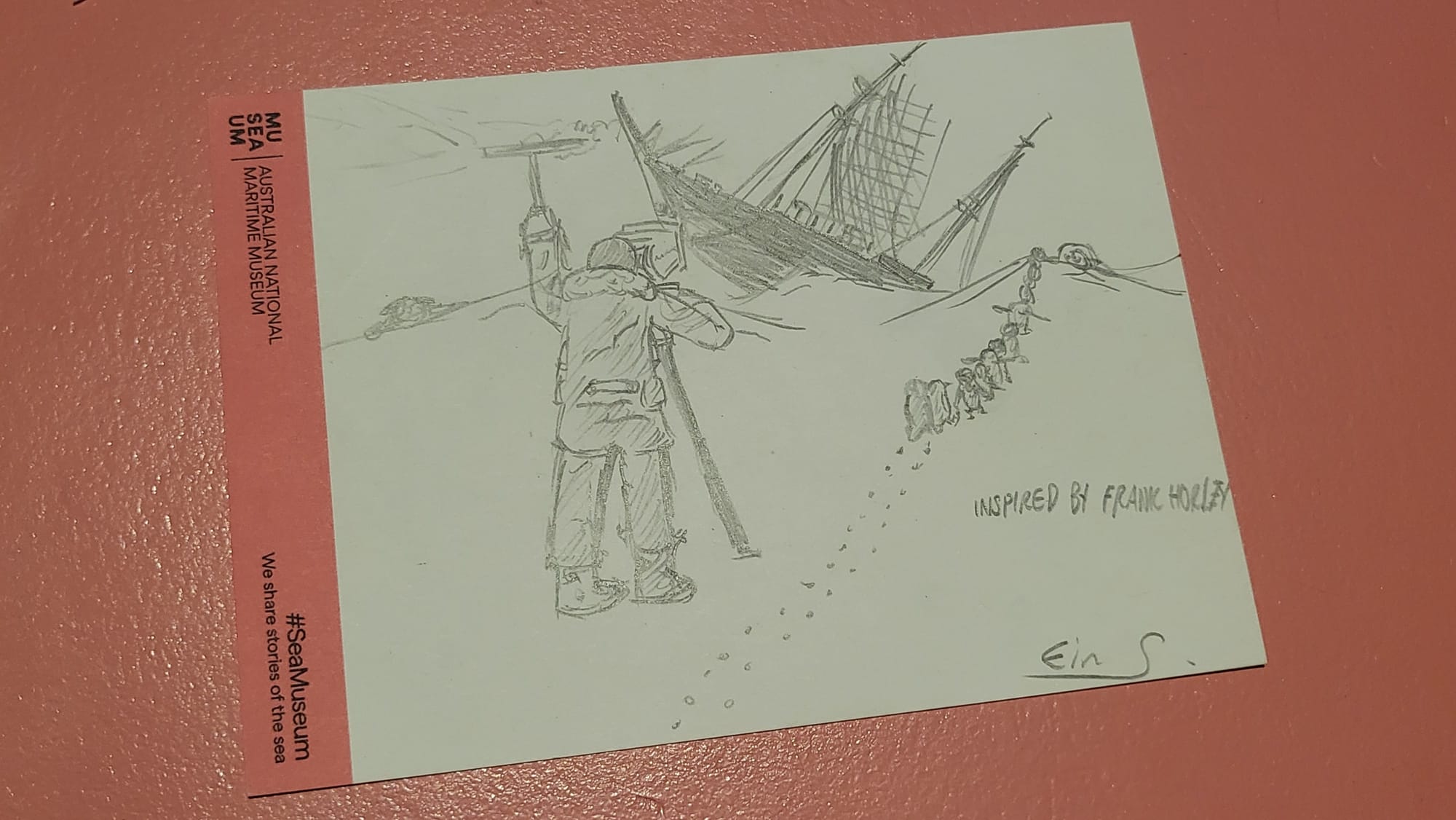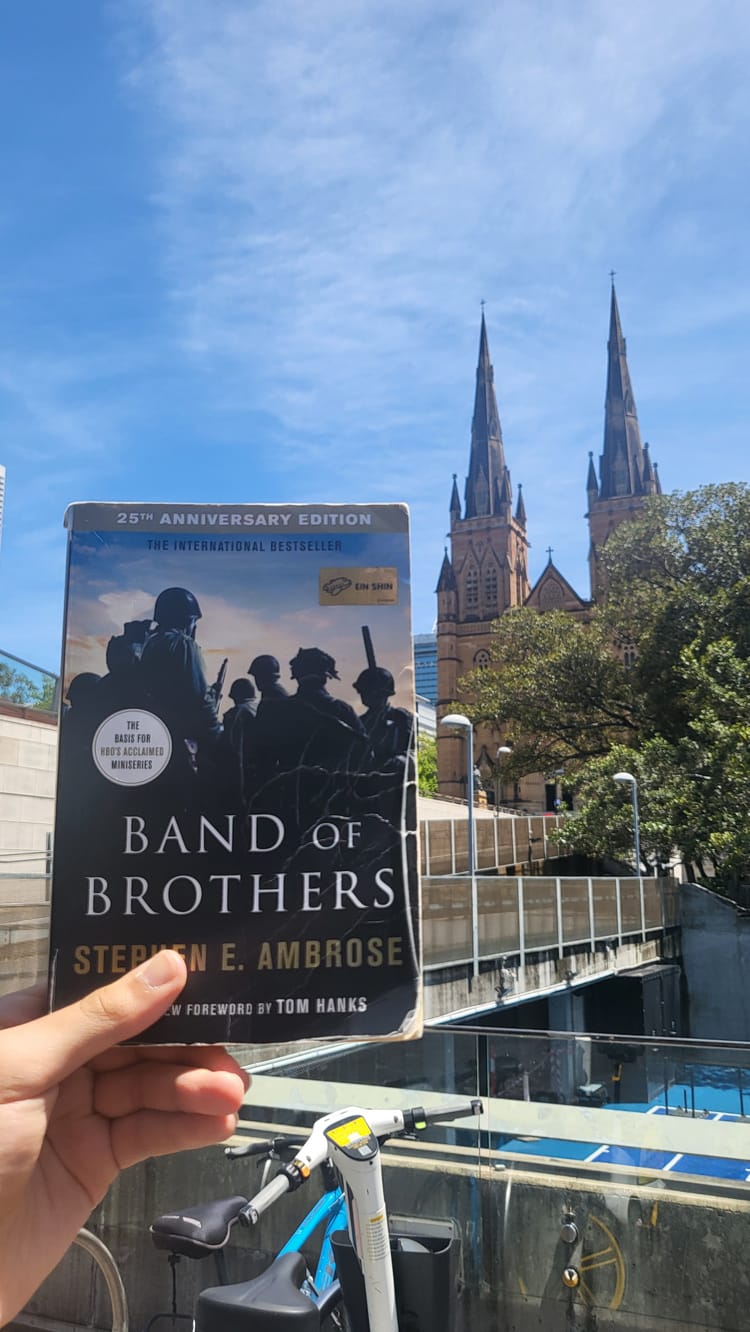How Failure isn’t always Failure: Shackleton’s Antarctic Expedition

Every Christmas, I tell my brothers how their ‘good’ and ‘wish’ values need to weigh similarly, lecturing them on Santa’s budget management policy. While their wishes for a $1800 Star Wars Death Star LEGO set were futile, I wished for the LEGO Endurance which I got. The set was based on the barquentine used by Sir Ernest Shackleton on his failed Antarctic expedition. It reignited my interest in Shackleton who technically remained famous for his ‘failure’, leading his men under ‘long months of complete darkness, constant danger’ with unwavering dedication and trust. But everything about him remains mysterious without a complete understanding of the voyage.
In 1914, two influences shaped the world: the beginning of World War I and the Heroic Age of Antarctic Exploration. Sir Ernest Shackleton’s 2 previous journeys failed in satisfying his curiosity for Antarctica. He would go aboard the Endurance with 27 other men, bound for the South Pole, ignoring the death of a famed, hardened, and experienced explorer and naval officer called Robert Scott. Little did he know, however, that fate looked down upon him.

Antarctica’s small ice floes were no match for the Endurance’s metal-sheeted wooden hull. Yet, the ice grew thicker until the crew's goal melted in the ice-ridden Weddell Sea. Ensnared by the ice, the Endurance was “like an almond in a chocolate bar”.
As the ship sank in front of them, they started hauling their 3 lifeboats across the ice. Their supplies dwindled, and with it, their morale. The crew lived on penguins and seals, and makeshift camps were set up on ice floes. Then, against all odds, the ice broke, melting into the open sea. The crew struggled to describe it in words. Everyone rowed to Elephant Island, where Shackleton and five others embarked on the lifeboat James Caird to South Georgia, searching for the Stromness Whaling Station to seek aid. After almost capsizing, crossing the island's perilous mountains, and four failed attempts to reach the marooned men, the entire party escaped with their lives. Shackleton had led 27 men through an inhospitable terrain spoken out against them on foot, losing none in the process, a feat even the most seasoned explorers find difficult with the most modern technology. I wonder, what was so special about his leadership?
An undeniable leadership skill Shackleton had inherited was building trust among people. Prior to abandoning the Endurance, Shackleton’s goal was to cross the Antarctic from west to east. Upon abandoning ship, if Shackleton was feeling optimistic, crossing the Antarctic could’ve been a fathomable idea, but he developed a second objective: returning home alive, ignoring the backlash in England he might experience. Shackleton always valued the crew’s lives over his own. When second-in-command Frank Wild was suffering from food poisoning, Shackleton forced him to take his breakfast biscuit (Shackleton would’ve given him another one if only Wild had firmly refused it). First Officer Lionel Greenstreet said that Shackleton would go without clothes if someone was freezing to death regardless if Shackleton would die from hypothermia himself. He strengthened the crew’s admiration and trust when he ordered that any item meaningless to survival be thrown out when the Endurance sank. He then tossed his 24 karat golden cigarette case into the water (I imagine their eyes went round like mine when I heard this). He continually supported the crew, coming through in dire situations even if the situation would turn for Shackleton’s worse. His selflessness gave way to trust, which was placed in the right hands, for Shackleton came to aid just as the tension on Elephant Island started to boil.
Sir Ernest Shackleton’s Trans-Antarctic Expedition is renowned for being the most ambitious to date, also known for its many situations where life hung by a life line and death lingered. Although Shackleton’s original purpose to cross the Antarctic failed, he succeeded in where many people failed: great leadership. Collaboration, determination, and selflessness are elements among many of a great leader, all of which characterised Shackleton. I lift my head to see my LEGO Endurance sitting on a wooden tea cabinet on a display stand, as I think of a world where everyone had Shackleton and his crew’s trust: a perfect haven.






Member discussion